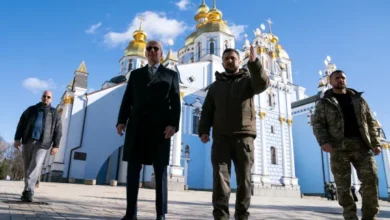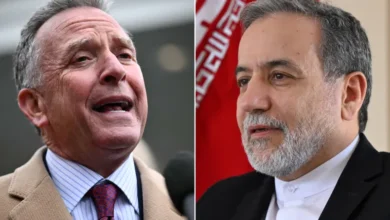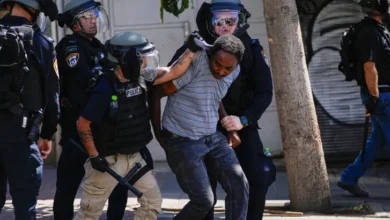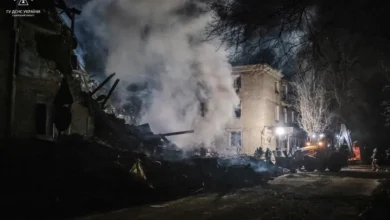From Kashmir poster to Delhi car blast: How India attack unfolded

The text was loaded with warnings directed at Indian government forces stationed in the region, and at those in the local population seen as having betrayed Kashmir’s separatist movement.
“We warn the local people of strict action who do not adhere to this warning,” the poster read, cautioning shopkeepers on the highway between Srinagar and Jammu, another key city, against sheltering government forces.
Such missives were once common from local and Pakistan-backed armed groups at the height of the region’s movement to break from Indian control in the 1990s and the early 2000s.
But after the Indian government revoked Kashmir’s special status, scrapped its statehood, and split the area into two federally ruled territories in August 2019, such posters have been less common – and armed violence has fallen, too. Armed attacks came down from 597 in 2018 to 145 in 2025, according to the South Asia Terrorism Portal (SATP), a platform that tracks and analyses attacks in South Asia.
The emergence of the pamphlet set off a three-week manhunt spanning Kashmir and multiple Indian regions. It was this investigation, say officials, that connected the threads between multiple individuals plotting an attack – including a doctor believed to have been driving the car that exploded on a packed street junction in New Delhi on Monday, barely metres (a few feet) from the ramparts of the Red Fort, a famous Mughal-era monument.










